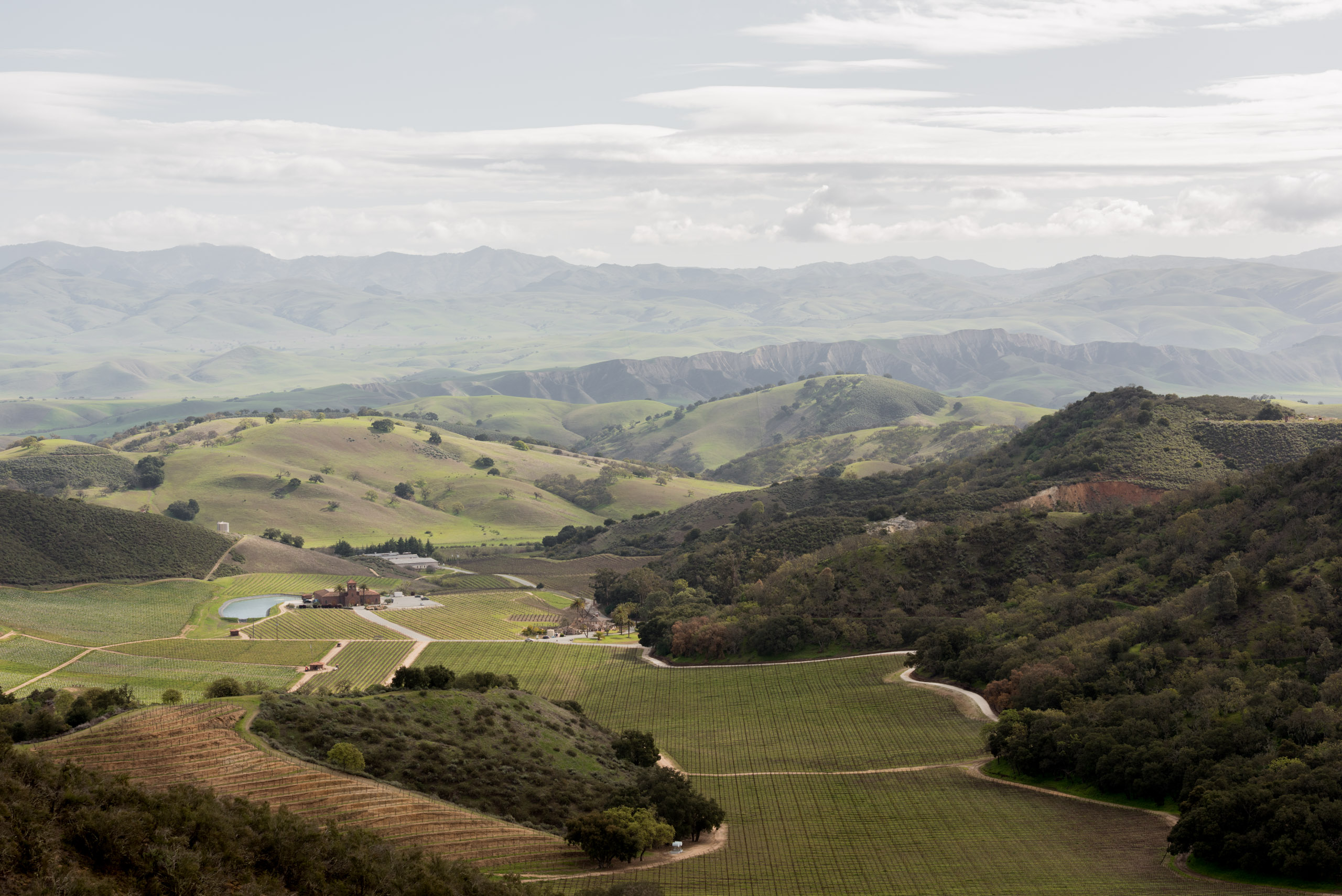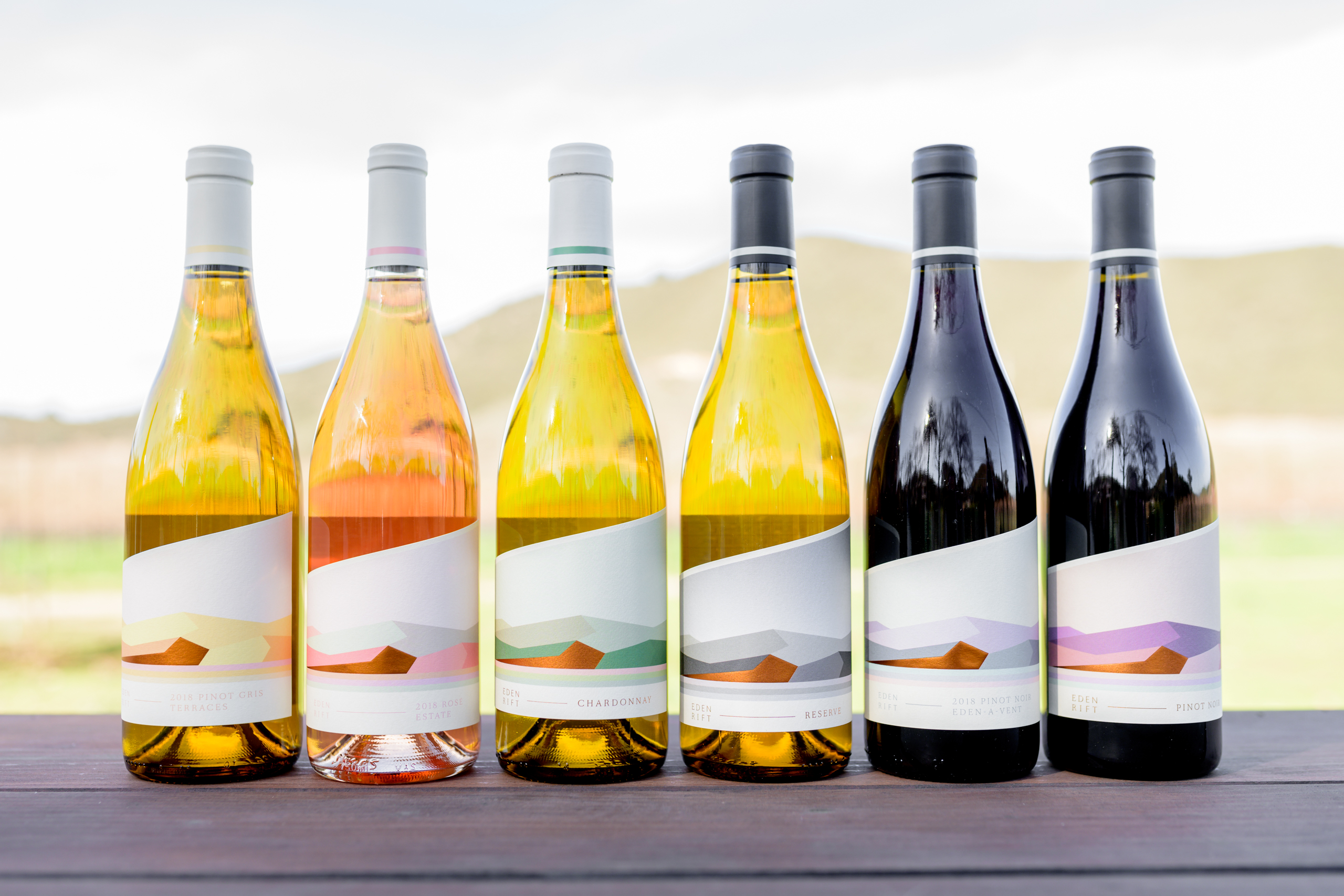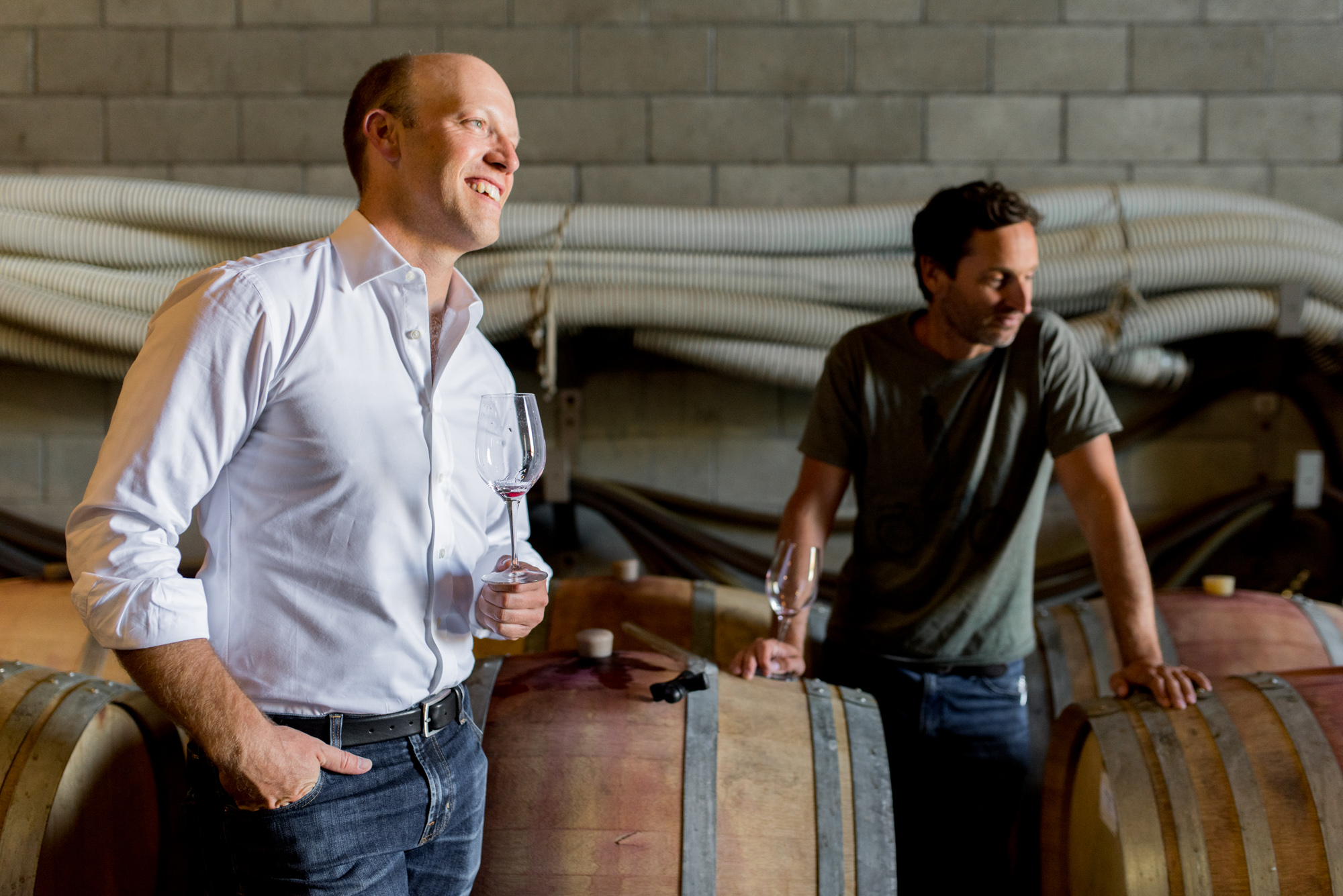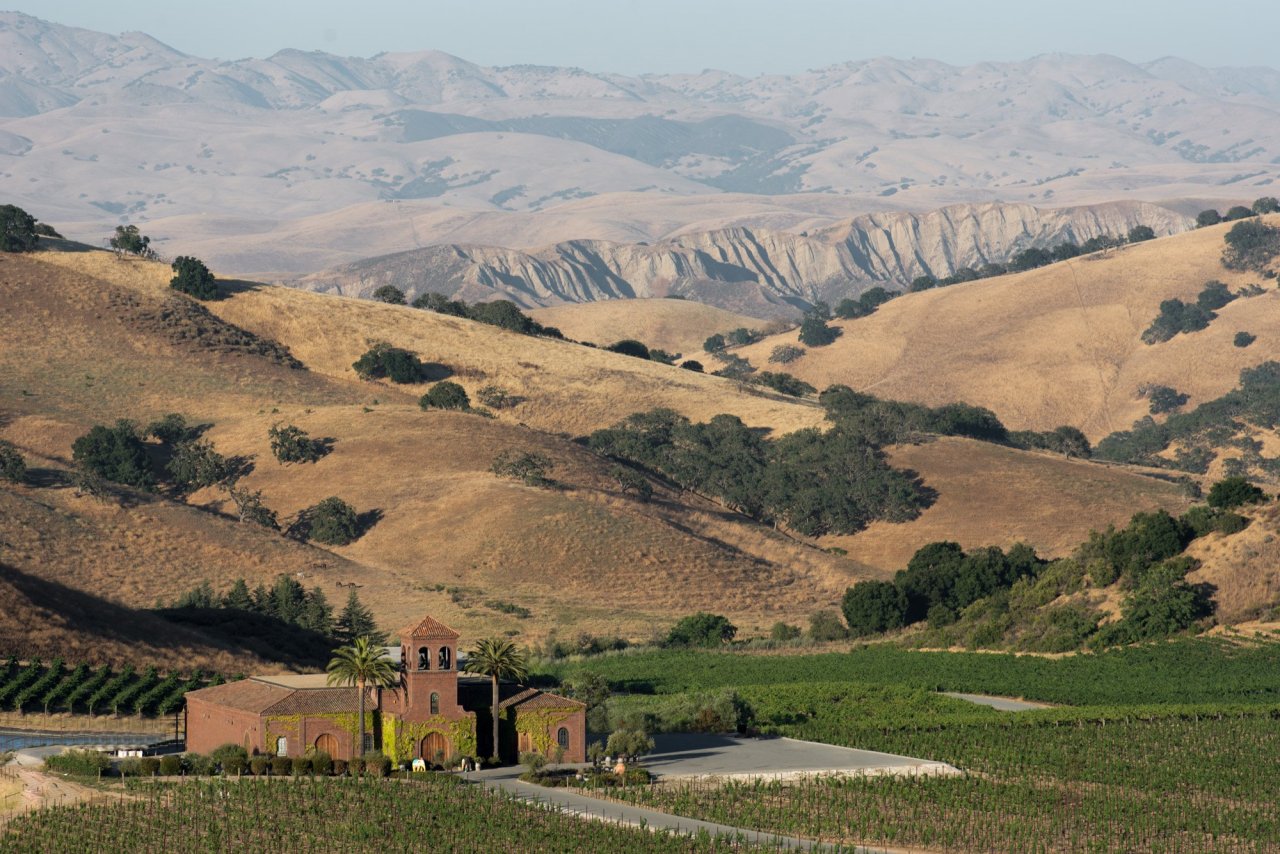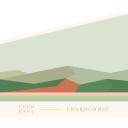Eden Rift
Under Vine Since 1849 – Eden Rift is the oldest continuously producing estate vineyard in California. Located just 20 miles from the Monterey Bay, the 120-acre estate rests on the San Andreas Faultline and is part of the Cienega Valley AVA. Early vintners saw potential in the limestone and dolomite-rich soil, planting Pinot Noir on the estate in 1860. Post prohibition, the focus on Pinot Noir & Chardonnay was lost until 2016 when Christian Pillsbury acquired the estate. Christian assembled a team of young industry professionals starting with winemaker Cory Waller to once again create some of California’s most vivid energetic Pinot Noir and Chardonnay. The extreme terraces and diverse terroir in a single contiguous valley make California’s oldest estate vineyard one of its most exciting new projects.
Vineyards:
For over 150 years, the Eden Rift site has been an inspired source of enological experimentation. Located at the foothills of the Gavilan Mountain Range, Eden Rift sits atop the San Andreas Fault, and is comprised of limestone-rich, calcareous deposits running through granitic, sandy beds of loam. These dramatic, nearly inhospitable soils have challenged any number of grape varieties.
Over time, we have learned that the varieties most ideally suited to this singular confluence of soils and maritime-influenced micro- and macro-climates are Pinot Noir, Chardonnay, Zinfandel and Pinot Gris.
Pinot Noir and Chardonnay seem especially simpatico to this estate site, and it is through these two transparent varieties that we have found the most honest and pure expression of terroir at Eden Rift.
Plantings per Acreage:
Pinot Noir: 89.71 acres under vine, with approximately half (43 acres) currently producing. The plantings highlight the Mt. Eden, Swan and Calera heritage clones, as well as Pommard (4) and "Dijon" clones 115, 667, 777 and 828.
Chardonnay: 22.5 acres under vine, with 16 acres currently producing. Clonal selections are focused on Calera, Wente 4 and 72, as well as "Dijon" clone 76.
Zinfandel: 0.7 acres under vine of own-rooted, head-trained Zinfandel, planted in 1906.
Pinot Gris: 3.3 acres under vine of clone 9 on terraced hillside.
Cienega Valley:
The Cienega Valley was anointed an American Viticultural Area, or AVA, in 1982. In order to receive this distinction, a winegrowing region must demonstrate that it is nationally recognized. Additionally, petitioners must also prove that the historical boundaries of the area are legitimate. Lastly, and perhaps most importantly, it must be proven that the conditions of elevation, climate and soil, as well as other landscape features, be distinctive and suitable to the growing and production of singular wines.
The Cienega Valley continues to merit this distinction. Known for its breathtaking and historic contributions to literature---the embodiment of John Steinbeck’s literary muse was the Cienega Valley, the Gavilan Mountains and Monterey County---, this region looms 1,000 feet above sea level. The Cienega Valley is perhaps best recognized for its viticulturally meritorious location; it is situated atop the San Andreas Fault, and is comprised primarily of porous limestone deposits, punctuating a terrain laden with granitic, sandy beds of loam. The calcium evident in the Cienega Valley’s calcareous soils results in wines demonstrating greater acidity, inherent structure, and, when properly grown and made, longevity.
